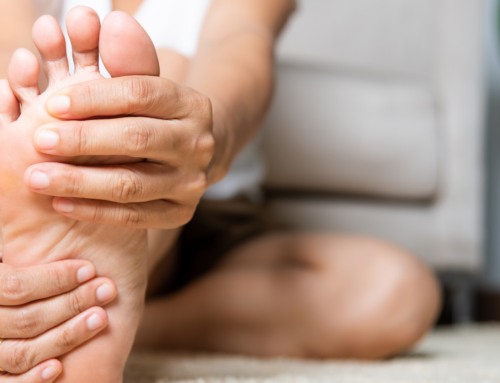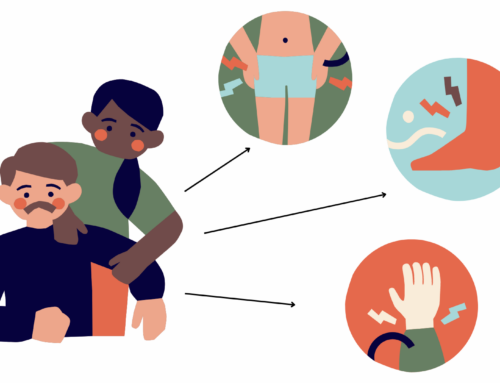150 minutes of physical activity to improve your health
Physical activity is essential for a good health. The World Health Organization (WHO) recommends 150 minutes of moderate exercise per week. Exercise protects against possible diseases and provides physical endurance that helps to be healthier. Even in the event of an illness, maintaining moderate physical activity can help you recover better both physically and mentally. A sedentary lifestyle increases the risk of cardiovascular disease, diabetes, dementia and some types of cancer.
How much exercise to do?
The recommended physical activity guidelines of the World Health Organization (WHO) for maintaining a good state of health are as follows:
Tips to start exercising
Aerobic exercise is essential for everyone. If there are no alterations in the cardiovascular system, aerobic physical exercise should be performed at least 3 days a week.
The intensity can be progressively increased by reducing the number of weekly sessions, for example. You can also maintain the level but increase the duration of each one of them.
In case of any injury and/or cardiovascular risk, or any other type of alteration, advice should be sought from a qualified professional to adapt the physical routine.
Exercise guides
Doing any amount of physical activity, no matter how little, is better than none at all. With this guide you can start moving more to avoid disease and lead a healthier lifestyle. You can go to the NeuroFT Clinic where we will recommend the best exercises according to your condition and teach you the technique to do it correctly.
Physical activity is essential for a good health. The World Health Organization (WHO) recommends 150 minutes of moderate exercise per week. Exercise protects against possible diseases and provides physical endurance that helps to be healthier. Even in the event of an illness, maintaining moderate physical activity can help you recover better both physically and mentally. A sedentary lifestyle increases the risk of cardiovascular disease, diabetes, dementia and some types of cancer.
How much exercise to do?
The recommended physical activity guidelines of the World Health Organization (WHO) for maintaining a good state of health are as follows:
Tips to start exercising
Aerobic exercise is essential for everyone. If there are no alterations in the cardiovascular system, aerobic physical exercise should be performed at least 3 days a week.
The intensity can be progressively increased by reducing the number of weekly sessions, for example. You can also maintain the level but increase the duration of each one of them.
In case of any injury and/or cardiovascular risk, or any other type of alteration, advice should be sought from a qualified professional to adapt the physical routine.
Exercise guides
Doing any amount of physical activity, no matter how little, is better than none at all. With this guide you can start moving more to avoid disease and lead a healthier lifestyle. You can go to the NeuroFT Clinic where we will recommend the best exercises according to your condition and teach you the technique to do it correctly.





